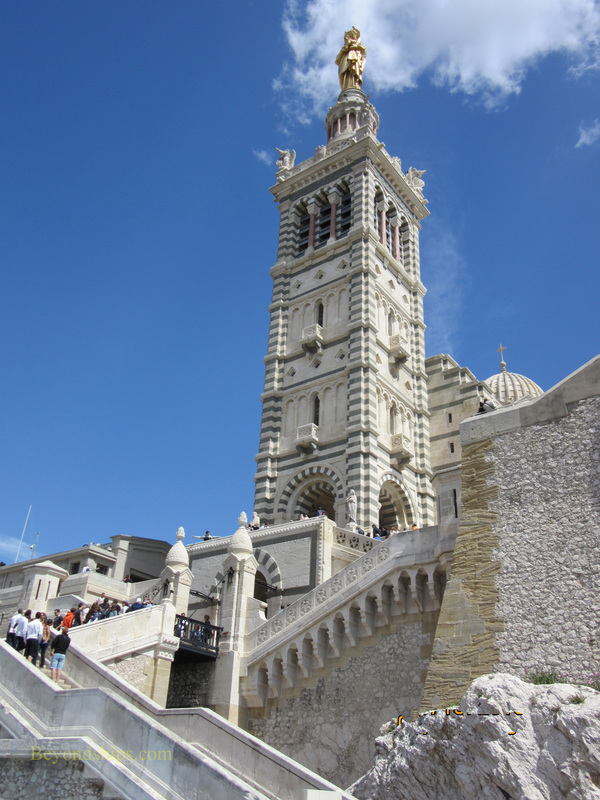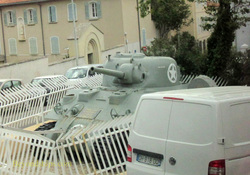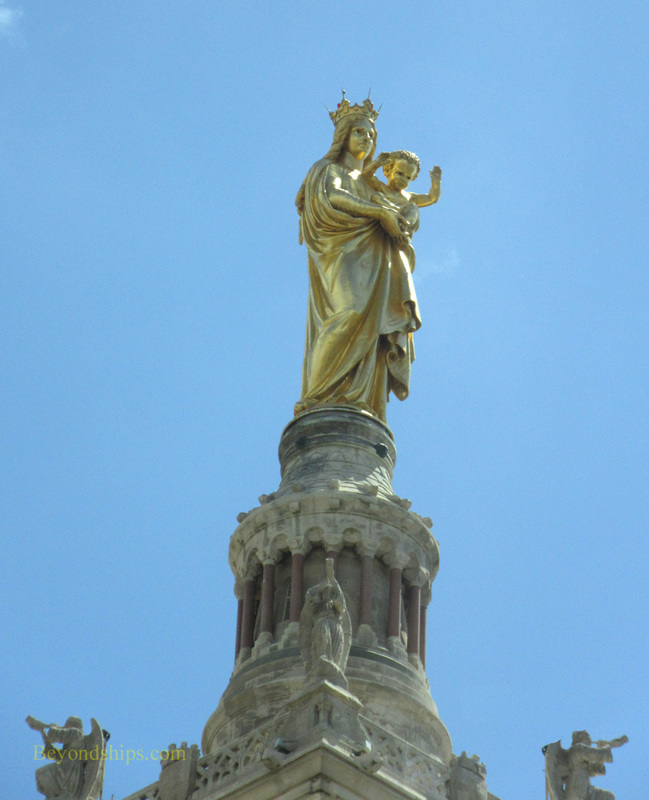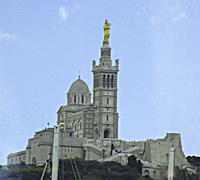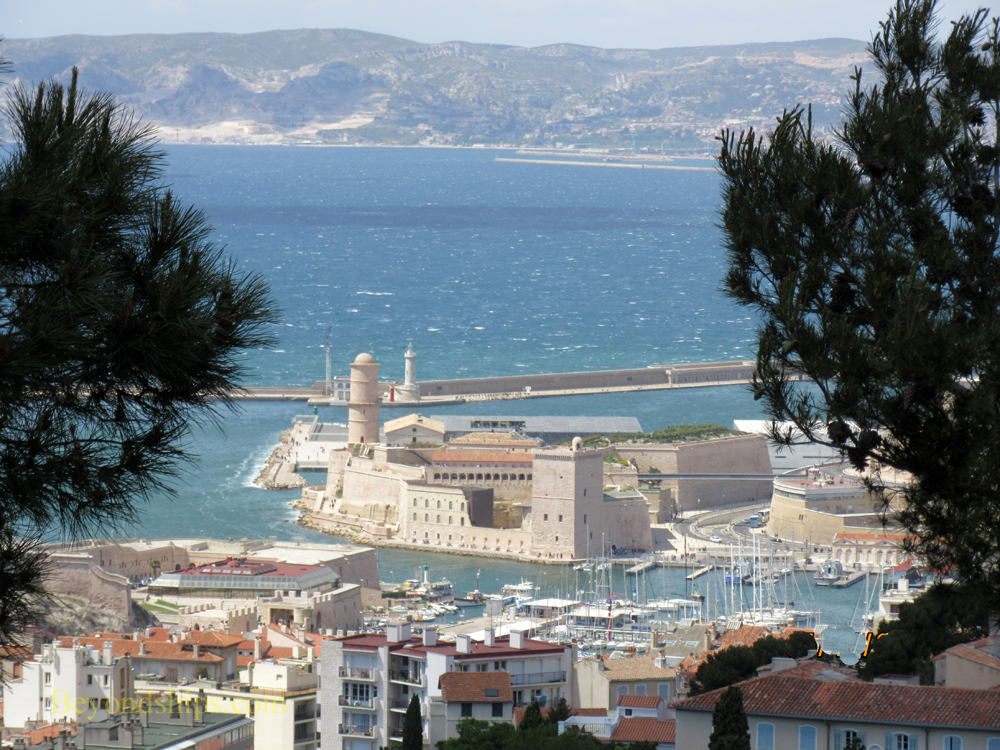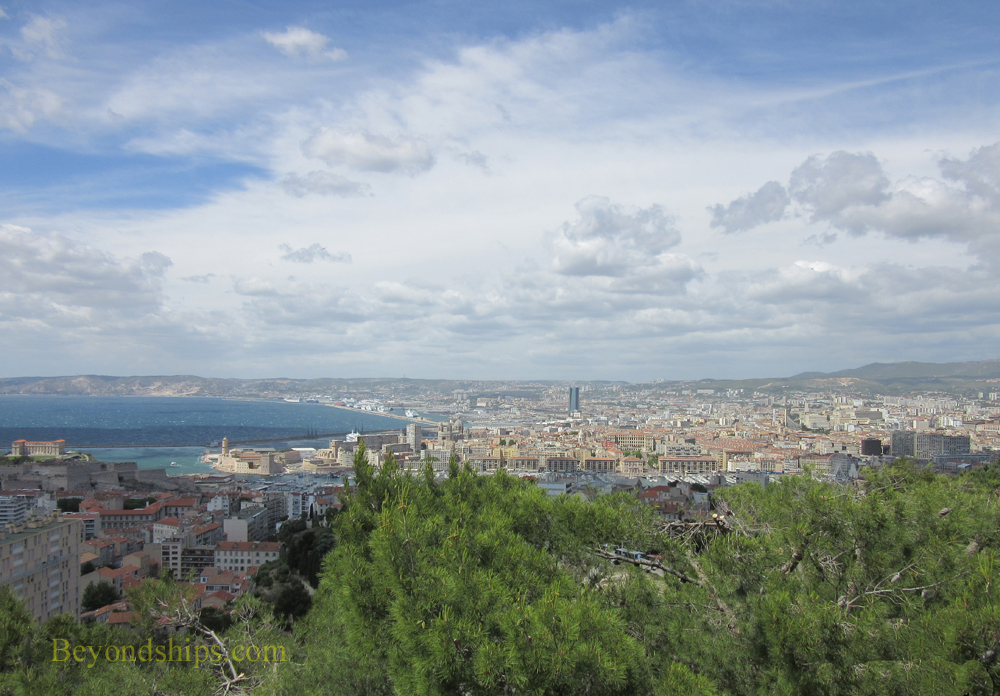|
|
For more about cruising to Southern France:
Click here for our Nice page Click here for our St. Paul de Vence page Click here for our Villefrache page Click here for our Monaco page |
|
|
|
Cruise destination - Marseille (Marseilles) - home page
